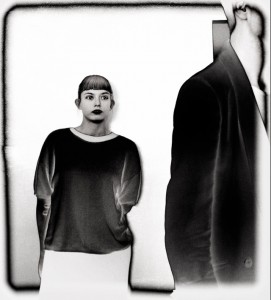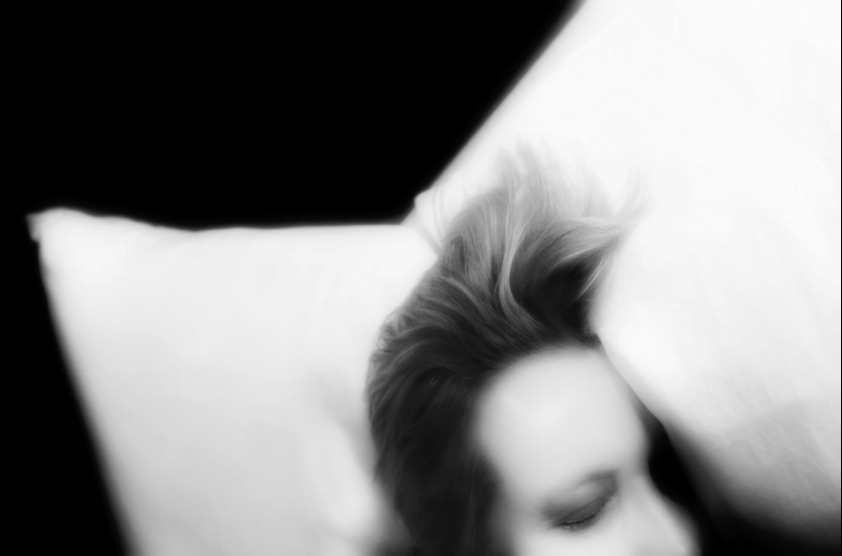Let us introduce to you, the talented, the artistic, Robynne Limoges. Robynne is a native American living in London. She has participated in a juried group exhibition at the ‘Victoria and Albert’ gallery museum, in addition to contributing as a stills photographer in a BBC dance documentary and two feature films.
This year, Robynne has been honoured to become a Portfolio finalist in the International Garden Photographer of the year Award 2015.
Read further to gain more knowledge of Robynne and her life in photography.
When did you discover your passion for photography?
I can’t remember when I wasn’t drawn to photography. I was the kid who would happily respond “yes” to “would you like to see our family’s photo album?” That inclination has continued and luckily for me, even the briefest encounters have often led to a glimpse into a stranger’s life through the photographs they have chosen to represent themselves.
How did you come to the world of photography?
I always knew I wanted to be photographer, but I was too shy to apply to the Art Department.
I had a great passion for images which then led me to study at university in the history of art. I also have studied creative writing (poetry) and criminal justice studies (a unique and wonderful aspect of the American liberal arts university experience).
Poetry and the writing of poetry, turned out to be the way I felt I could see the world most clearly. It is still my teacher. As for formal instruction, I took only one introductory course in photography at university.
When I came to live in England, my partner introduced me to a group of photographers whom he was taking an evening class with. It was my first group experience and an excellent one. Most of those people are still my friends today and the instructor, Randall Webb, was an inspirational, free thinking photographer.
Which of your projects opened the door to the professional market?
I have been lucky enough to find small audiences who have wanted to have my images in their spaces. I have also enjoyed a few small commercial jobs, but I don’t think I have opened the door to the professional market – if that means having a commercial client-based career.
Recently, I had the extraordinary opportunity given to me by Hahnemühle, when asked to show a large triptych of mine for their display at The Photography Show 2015. I am not a self-promoter so it was an enormously gratifying experience. I suppose I see myself more as an artist/photographer rather than a commercial photographer.
Who inspires you most?
The list would be populated by people from many different types of expression. So, I will only mention some of the photographers who have excited me since the moment I saw their images.
They are photographers who distill, who simplify, who express big emotions quietly. A few of the classicists are Minor White, Wynn Bullock, Harry Callahan, Aaron Siskind, Ralph Eugene Meatyard also the character of Eleanor Rigby. The photographers mentioned experimented. They weren’t afraid of stepping out of character to see what might happen.
How would you describe your personal photographic style?
I think the foundation of my style is abstraction, even though I do shoot recognisable subjects. I would hope it is quietly forceful, emotional, and structurally interesting. Also. I hope that my images are found to be evocative and thought provoking.
What is most challenging about shooting your style of photography?
Not necessarily knowing where I am going, but just trusting my emotional reaction to what is around me. Not editing myself as I select and react. It might be awhile before I start seeing connections, but that is an exciting part of the process.
It is challenging sometimes to get the viewer to be able to connect with my images without verbal explanation. However, it always ends up to be a conversation about ideas and personal histories that people then bring to my images. I find that rewarding. Then an image changes direction and it isn’t just something about me but it becomes something about the viewer too.
What importance do you place on the printed presentation of your artwork?
The printed image is of enormous importance. It is the most exciting part of all. I still miss working in a wet darkroom and seeing the resulting object emerge.
I also like the challenge of eliciting from the digital experience an image that, when printed, holds within it a certain emotional or formal strength.

Which is your favourite Hahnemühle paper and why?
Three Hahnemühle papers are my mainstays. I just did two entire exhibitions, one of which was recently exhibited in the USA, on Hahnemühle Museum Etching. It is a most exquisite paper, heavy and luxurious. The prints were large, hand deckled and hand de-bossed. I cannot think of any other paper that could have added so much to the impact of that series. It was called ‘The History of History’. The other series was presented in the same way. Its title is, ‘If Light were Breath’ (from the ‘Darkness as Museum’ series).
My other favourite is Hahnemühle Photo Rag. I had something printed recently that was too large to do myself and when I reviewed the image with the printer he said, “You couldn’t have chosen a better paper for this image.” I think this is very often the case. For me, it is ideal in weight, surface and integrity.
When I want a warmer tone, I use Hahnemühle Bamboo. I would love it to be a bit heavier, but it has a beautiful surface and just the right amount of warmth.
Do you have a dream project you would like to realise someday?
Several. One of them is to be given the opportunity to live out 30/30. That is to say, to be able to go to 30 locations which are not necessarily known for their photographic inspiration and find within each of those places, 30 images that have staying power.
What’s next?
I want to continue to develop a large vertical print panel series. To photograph more industrial port cities. I want to keep trying to see better, to extract from the world around me new points of light and poetry.
You can find out more about Robynne and her work on her website.








